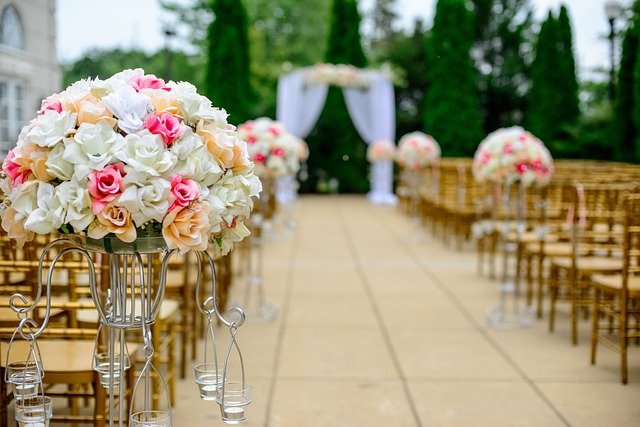Tent Rental Guide for Events and Weddings
Choosing a tent rental is a practical way to expand your options for outdoor gatherings while managing comfort, weather and logistics. Whether you’re coordinating a small backyard party or planning a multi-day wedding, the right tent and rental partner can shape guest experience, safety, and the overall flow of the event. This guide explains key choices and considerations for a successful tent rental.

Party tent: what size and layout do you need?
Estimating the right size is crucial for a party tent. Think about the number of guests, furniture, dance floor, and any staging or buffet areas. Standard space allowances often range from tight cocktail layouts to roomy seated dinners; consider whether tables will be round or rectangular and allow circulation paths. Also account for tent sidewalls, entrance spacing and emergency exits when mapping the footprint on your site. Accurate measurements prevent last-minute changes and ensure comfortable guest movement.
Planning an outdoor event: site, surface, and weather
Selecting a suitable site influences tent type and setup. Firm, level ground simplifies anchoring and flooring; soft or sloped surfaces may require special stakes, ballast, or raised platforms. Think about overhead obstacles (trees, power lines), drainage for heavy rain, and shade patterns for daytime events. Weather considerations—wind, rain, and temperature swings—affect tent choice and accessories like sidewalls, heaters, or fans. Always request a site inspection from the rental company to confirm feasibility and required permits.
Wedding tent: design, aesthetics, and guest experience
For weddings, a tent contributes to atmosphere as much as function. Consider clear-top tents or peaked frame tents for natural light and elegant sightlines; interior décor, lighting, and draping are easier to control under a tented roof. Plan for dedicated zones—ceremony, cocktail hour, dining, dancing—and coordinate flooring, aisle runners, and lighting to maintain a cohesive look. Accessibility for older guests and vendor load-in routes should be addressed early in event planning to avoid disruptions on the day.
Event planning: logistics, timeline, and vendor coordination
A detailed timeline helps coordinate tent delivery, setup, and teardown around catering, entertainment, and transportation. Discuss lead times and setup windows with your rental provider; some installs require several hours or a full day depending on size and complexity. Confirm power access for lighting, sound, and climate control and establish zones for staging and waste management. Clear communication with vendors about entry points and parking for trucks reduces delays and last-minute issues.
Canopy types and setup options to consider
Canopies vary by structure and use: pole tents, frame tents, clear-span tents and pop-up canopies each have advantages. Pole tents are economical but need center poles and stakes; frame tents offer unobstructed interiors and flexible anchoring; clear-span tents are robust for larger events with heavy equipment. Pop-up canopies provide quick shelter for short-term booths and check-in areas. Consider flooring, sidewalls, HVAC options, and lighting packages as add-ons to tailor the canopy to your needs.
Conclusion
Renting a tent involves more than selecting a shape—site suitability, guest comfort, operational logistics and the right accessories all contribute to a successful event. Early planning, accurate measurements, and clear communication with a reputable rental provider help avoid surprises and ensure the tent supports your event objectives, whether it’s an intimate celebration or a large outdoor gathering.





